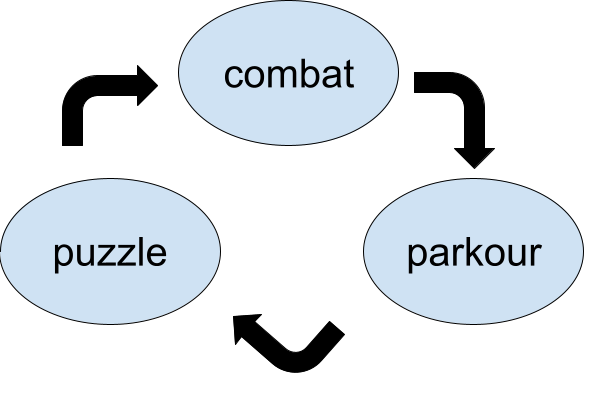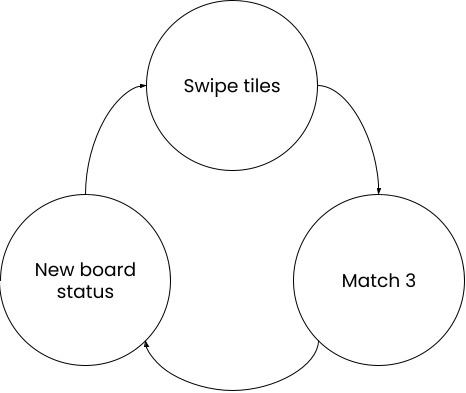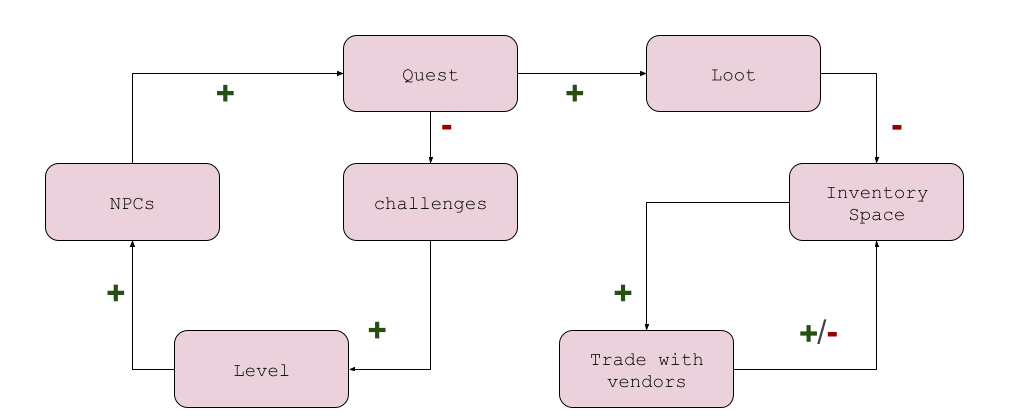If you want to create a sustainable games business you need to serve an audience.
But game ideas for new intellectual properties almost never come from that logic. A new idea comes while playing a good game, or connecting things belonging to our personal life. Often we need to leave that idea for a while to make it grow. This process can last months, and this time is unpredictable.
Every time I speak with the founders of some indie games company, they say the same. They are constantly working on new ideas while developing the current game. They need to pitch new concepts all the time to publishers. In this way, they can find the funding for the next project, hopefully before completing the current.
When you find your audience with a title, then, is better to focus your firepower. If you understand how to serve a concrete audience you have more chances of being successful again.
In the long term, though, this can become stressful for the creative people of your team. At the last fair, I met a designer of one of the most successful indie sagas of the last few years. And I felt his frustration, he felt like “it’s always the same”. Sometimes those people end up building their own company. Other times, they just leave for new ventures.
Striking a balance between serving an audience and allowing creative freedom is crucial in the games industry. Both are essential for long-term sustainability.
From one side, you have to grow your business, and serving the audience you found is the smartest move. On the other side, you don’t want to lose the members of your team who bring more value on the table. Let express themselves, maybe in smaller projects.


